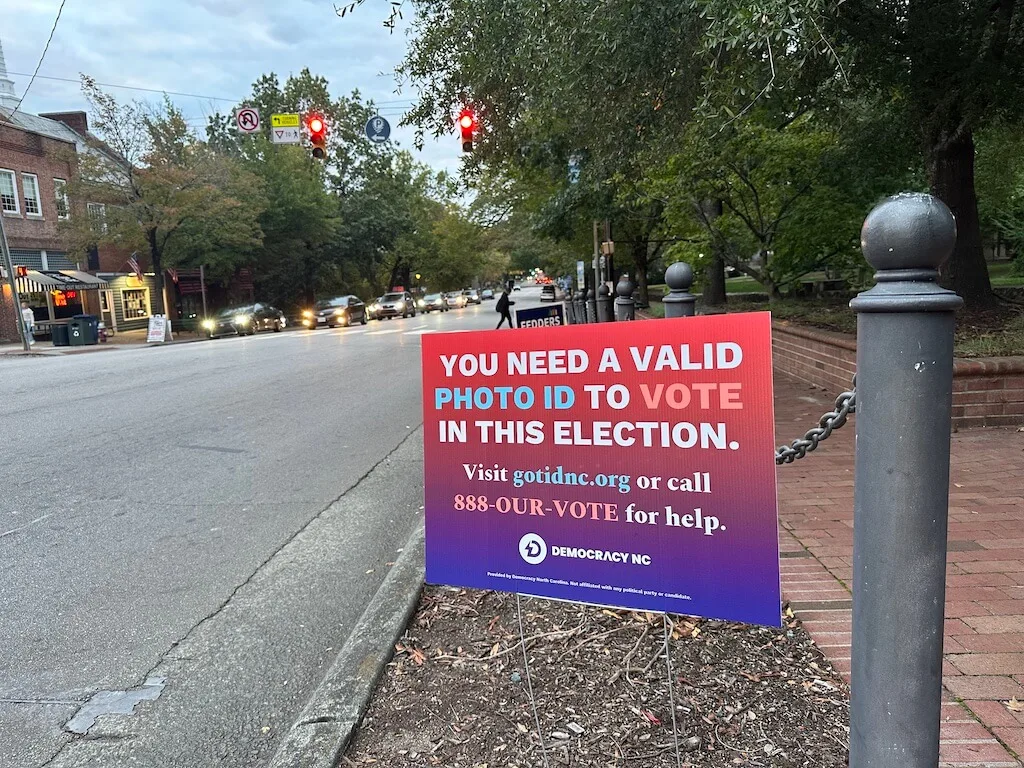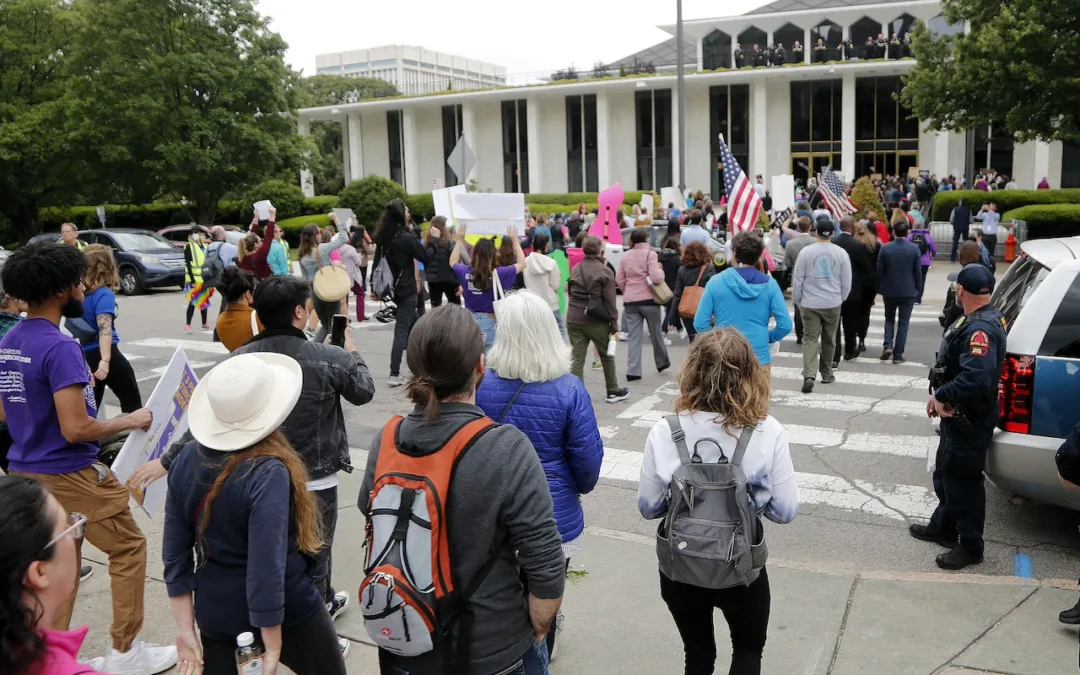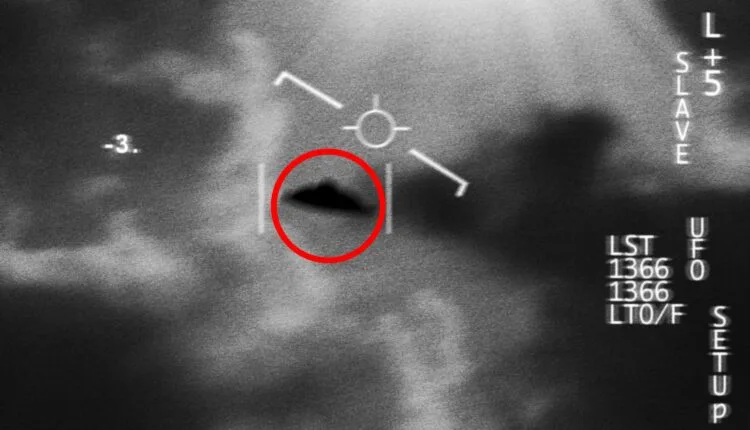
Election signs in Chapel Hill on Wednesday, Oct. 18. Orange County is one of more than 380 municipalities across the state whose early voting period begins on Thursday. (Michael McElroy/Cardinal & Pine)
Though local elections don’t carry the same intrigue as presidential elections, they often have more effect on daily life.
The early voting period begins on Thursday for local elections in more than 380 counties, towns and cities across North Carolina.
Though local elections don’t carry the same intrigue as presidential elections, they often have more effect on daily life.
All the NC news. No spam, no misinformation, no paywall. Sign up for our newsletter.
Local officials determine property tax rates, whether to fix potholes, the rules that guide local law enforcement, how local resources are allocated, how many fire fighters an area has, and lots of other things. Though some communities already had their elections, Election Day for most areas is Nov. 7.
Eligible voters may cast a ballot at any early voting site in their county, but every county has different times and locations, so check here to see the details for your area.
Early voting is popular every election. You can beat the crowds on Election Day, and you can also register and vote on the same day during this period. But there is a big change this year: You now need a Voter ID to vote.
If you don’t have your ID, you can still vote with a provisional ballot then bring proof of your ID back to the county board of elections. (For a detailed guide on which IDs are accepted and how to get one, click here.)
“If history is a guide, some of these municipal contests will be very, very close, and ties are not unheard of,” Karen Brinson Bell, executive director of the North Carolina State Board of Elections (NCBOE), told reporters on Wednesday.
“Every vote matters.”
Here are some other tips for early voting, courtesy of the BOE.
- You have to be registered to vote and live in your given town, city, or county in order to vote in the local election.
- You can find your sample ballot through the Voter Search tool. Sample ballots can be useful, so here’s a guide on how to use them.
- Anyone who missed the regular voter registration deadline can register and vote at the same time during the early voting period. Same-day registrants must provide proof of where they live.
- If a voter can’t show a photo ID, they can still vote by filling out an ID Exception Form, voting a provisional ballot, and returning to the board to show the ID. County boards of elections must count provisional ballots with properly completed ID Exception Forms.
- Registered voters can get a free voter ID from their local county board of elections through Sept. 9, the last day of early voting.
- Voters who receive an absentee ballot by mail may deliver their completed ballot to an election official at an early voting site in their county during early voting hours.
- Every eligible voter is entitled to cast their ballot freely, without harassment or intimidation. Voters who feel harassed or intimidated should notify an election official immediately.
- Voters at one-stop early voting sites are entitled to the same assistance as voters at a voting place on Election Day. Curbside voting is available for eligible individuals at all early voting sites.
Politics

How North Carolina’s legislative session could affect you
After a six-month break, the General Assembly returns for a new session on Wednesday, April 24. Though this round is expected to be relatively...

Biden marks Earth Day by announcing $7 billion in solar grants
The Biden administration on Monday announced the recipients of its Solar For All Program, a $7 billion climate program that aims to lower energy...
Local News

The 5 most believable UFO sightings ever reported in North Carolina
Read about five alien encounters that may forever remain unexplained. When you think of the most common places where you might hear a UFO sighting...

Good News Friday: It’s a good day to be a fan of the NC State Wolfpack
The men's and women's teams will compete for a national championship in college basketball this weekend. Plus: How to watch the solar eclipse, and...





